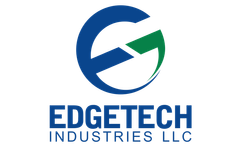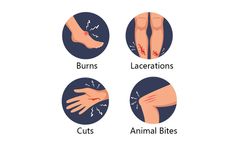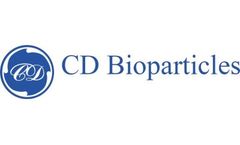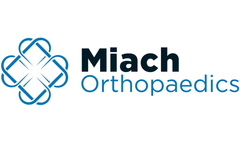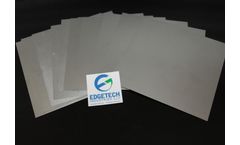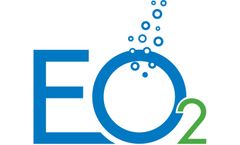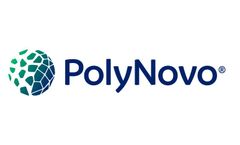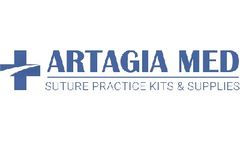Refine by
Healing Process Articles & Analysis
32 articles found
This fluid serves several purposes, including cushioning the underlying skin and preventing further injury while the area heals. Causes of Blisters The formation of blisters can result from various sources. ...
Their ability to respond to physiological stimuli and injuries makes them essential for wound healing processes. When skin is damaged, fibroblasts migrate to the wound site, proliferating and producing the necessary structural components to rebuild tissue. ...
The precise positioning of devices, aided by marker bands, significantly enhances the recovery process following surgery. The Function of Physiotherapy. In the fields of physiotherapy and rehabilitation, medical rings play a crucial role in tracking the movement and positioning of implants throughout therapy sessions. ...
Seek immediate medical attention for the best wound care when they arise DOs - Wound Healing Timelines Understanding the healing timelines for different wound types can help you better manage wounds and take preventive measures. ...
Serving as intermediaries, they synchronize various cell functions to elicit the body's defense mechanisms against infections, tissue restoration, and wound healing. Types of Cytokines Cytokines are classified into various families based on their structural similarities and biological functions. ...
The skin wound closure strip is an adhesive medical tape used to close minor skin incisions.It is designed to bring together the skin on both sides of the wound to facilitate the healing process. These strips are often used as an alternative to sutures or stitches because they not only reduce scarring but are easier to manage and maintain. ...
The birth of nano dressings has brought new treatment methods for wound repair and burn care, such as nanohydrogels, nanofibers, nanomembranes, dendrimers, and polymer conjugates (acting as drugs release in the process of wound treatment, growth factor supplementation and/or artificial skin effect). ...
This article focuses on shedding light on the ingenious process of the epigenetic induction of cell growth and examining the vital services it offers in diverse research and therapeutic domains. ...
The BEAR Implant rehabilitation program is designed to protect your ACL during the healing process while helping you meet important rehabilitation goals. ...
Following the procedure, your body will be working hard to heal your own ACL tissue. During this time, your new ACL is delicate. Following the rehabilitation program that has been carefully designed for the BEAR Implant will help protect your ACL during the healing process while enabling you to meet important rehabilitation goals. ...
This hypothesis explains the many phenomena that we see when laser light is utilized in the healing process. Dermal ulcers by virtue of both neurogenic and local therapy are stimulated to heal. Similarly, the compression of the spinal cord and nerve roots by disc disease and degenerative osteoarthritis are rapidly relieved by the reduction of ...
As a result, the efficiency of the training process is highly increased, while also helping the body to rebuild the oxygen pathways in capillaries, improving blood flow and oxygen absorption. ...
Gut Adaptation; the body’s natural ability to “heal” itself. The human body is nothing short of miraculous. It can create life, perform incredible feats, and allow us to experience the world through a number of senses. ...
Its open through-hole structure promotes the adhesion, growth of bone cells, and regeneration and reconstruction of bone tissues, speeds up the healing process, and enables titanium and its alloys to match the elastic modulus of materials and bones while maintaining a certain strength. ...
Wound-bed preparation: a vital step in the healing process.Br J Nurs. 2017;26(12):24-31. doi: 10.12968/bjon.2017.26.12.S24.) ...
Unlike the body’s reparative healing response for deep wounds, which is chaotic, NovoSorb® BTM is unique in its ability to reorient the healing process from repair into regeneration. ...
Minimized Scarring & Contracture The body’s natural wound repair process is chaotic, laying down fibrotic tissue to rapidly close the wound. This reparative healing response often results in the overproduction of tissue, causing scarring or contracture. ...
The fenestrated sealing membrane physiologically closes the wound, providing temporary closure and reconstruction while the body continues to heal. This top layer is a temporary nonbiodegradable structure that is removed once the surgeon determines the tissue has fully integrated throughout the NovoSorb BTM. ...
At the same time, it is worth noting that excessive tension applied through a suture knot can damage the tissue being sewed and the suture itself, potentially causing the wound to heal poorly or lead to tissue necrosis. This shows how vital suture knots are when it comes to the overall wound healing process. ...


